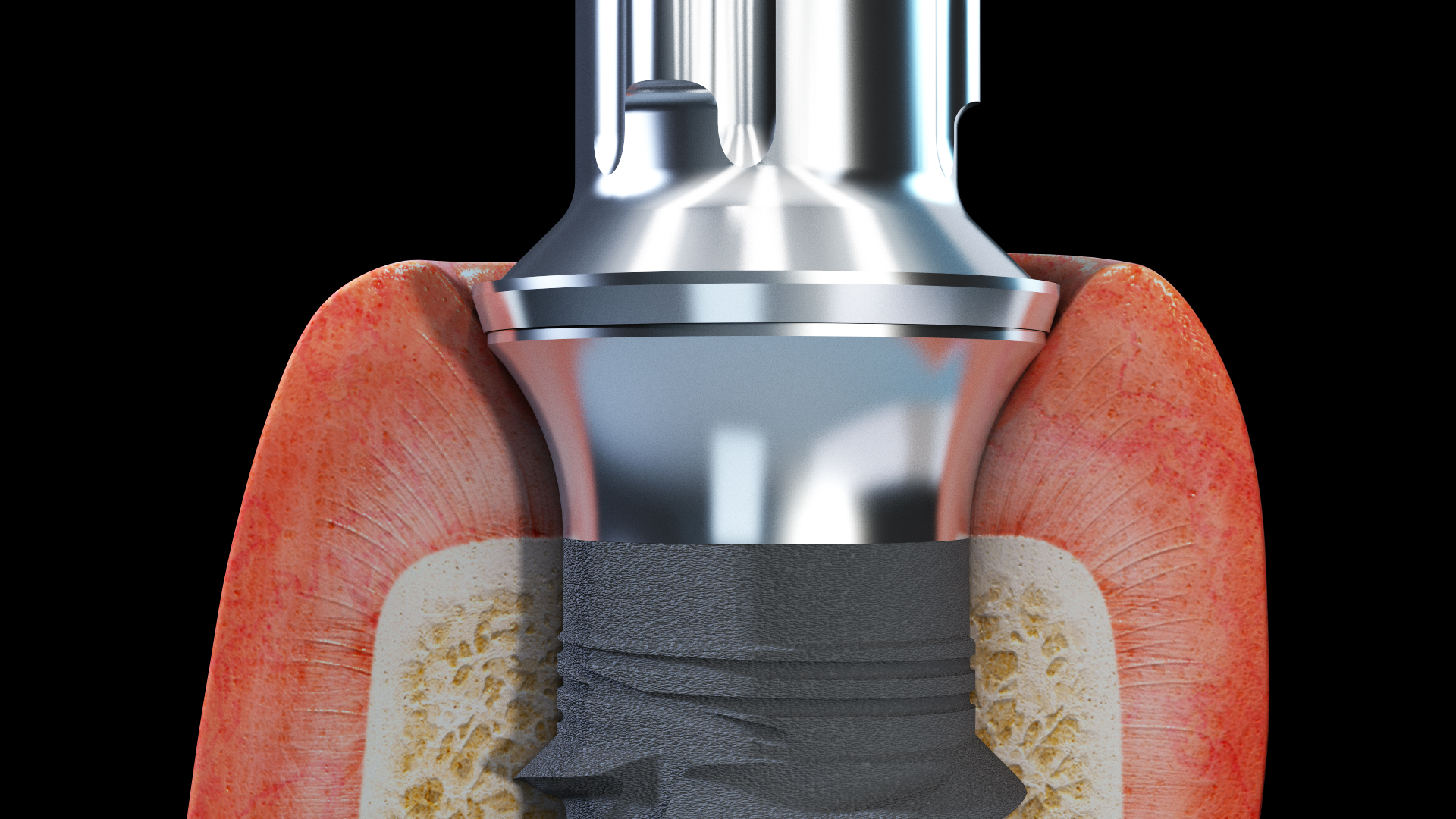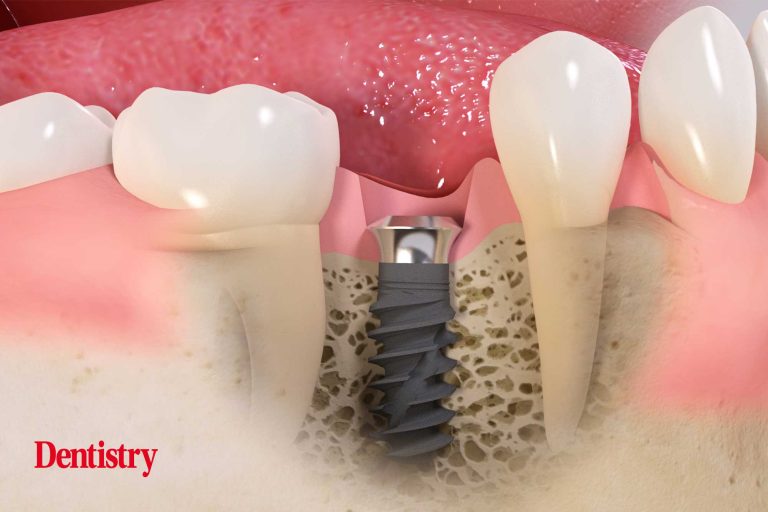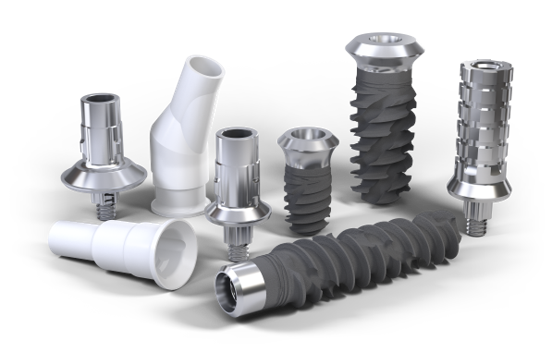Like any area of dentistry, when it comes to providing dental implant surgery for patients, there are a number of options available.
For professionals, it’s not just about evaluating the case and weighing the possible solutions, but also choosing an implant system that complements the way you work.
You also need to consider how the implant system of your choice will affect the patient journey, especially in terms of time spent in the chair, healing period and resulting aesthetics.
In light of this, a common debate that arises among practitioners is whether tissue-level implants or bone-level implants offer the best results. Although there are advantages to both, tissue-level implants provide clinicians with some significant benefits in appropriate situations.
Optimal aesthetics
In the modern world, aesthetics matter. Gone are the days of dentistry that simply provided a functional solution, and today, patients want results that are both functional and natural. Tissue-level implants, when used posteriorly, can provide an aesthetic advantage.
Because of the built-in emergence profile, tissue-level implants tend to have more natural soft tissues after placement, which usually means that once the restoration is in place the result is indistinguishable from the natural dentition.
The reason behind this starts with the loss of teeth in this area. According to the International Group of Implantology, the width of the alveolar ridge tends to decrease once the natural dentition is removed or lost, and this means that the implant placed should have a narrower diameter than the root of the original tooth.
As the diameter of the crown placed on the implant must match that of the original tooth, it is beneficial to use an implant with a wider platform and narrower body – making tissue-level implants ideal.

Reduced chance of peri-implantitis
An ongoing issue associated with dental implant surgery is the threat of peri-implantitis. Although research on the topic continues, there is significant evidence to support the idea that tissue-level implants are less prone to this complication.
For example, a study that examined the risks of peri-implantitis among implants at both the bone and tissue levels found that there was a correlation between the angle of the appearance profile and the relative risk of the disease.
In this sample, this was found to significantly increase the risk of peri-implantitis in implants at the bone level, but not in those placed at the tissue level.
Additionally, a different study examining the peri-implant behavior of tissue-level implants found that the use of these implants resulted in less bone loss around the implant compared to bone-level alternatives.
There is some argument to suggest that the placement of the abutment-restoration connection (microgap) plays a role in the longevity of a dental implant.
This micro gap can become colonized with bacteria, which over time could lead to oral disease that compromises the implant.
Research has found that tissue-level implants tend to have a smaller microvoid, possibly as they are likely to experience a lower level of biomechanical stress compared to bone-level implants.
Although there is no concrete evidence linking this to peri-implantitis rates, having a smaller microgap is always beneficial.
Faster healing
As tissue-level implants are placed during a surgical procedure, this can be beneficial for healing. Once surgically placed, the tissue level implants are given the opportunity to osseointegrate and form a soft tissue attachment to the polished portion of the implant at the same time.
Unlike bone-level implants where this soft tissue will need to be disrupted at later stages of the healing journey to connect and restore the base, tissue-level implants are more accessible, meaning that this tissue will not be disrupted and can continue to heal.
Not all implant systems are created equal
Where tissue-level implants are chosen, you should then consider how different implant systems can benefit you and your patients. The design of an implant will affect the indications for which it can be used, as well as other important aspects of the treatment journey, such as healing times and the risk of peri-implant disease.
The Straumann TLX Dental Implant System is an excellent choice for clinicians looking to introduce tissue level implants into their repertoire.
Suitable for direct placement protocols and capable of achieving optimal primary stability, these implants are available in various diameters, including a slim 3.75 mm option that can be used in a range of indications.
In addition, the design encourages immediate maintenance of soft tissue attachment and reduces the possibility of bacteria nesting, helping to support long-lasting, excellent results.
A fantastic choice in the right situation
Ultimately, both bone-level and tissue-level implants can provide excellent results.
However, tissue-level implants provide a number of excellent benefits when used in appropriate situations, meaning they should be part of every implant dentist’s arsenal.
For more information on the Straumann TLX Implant System visit www.straumann.com.


